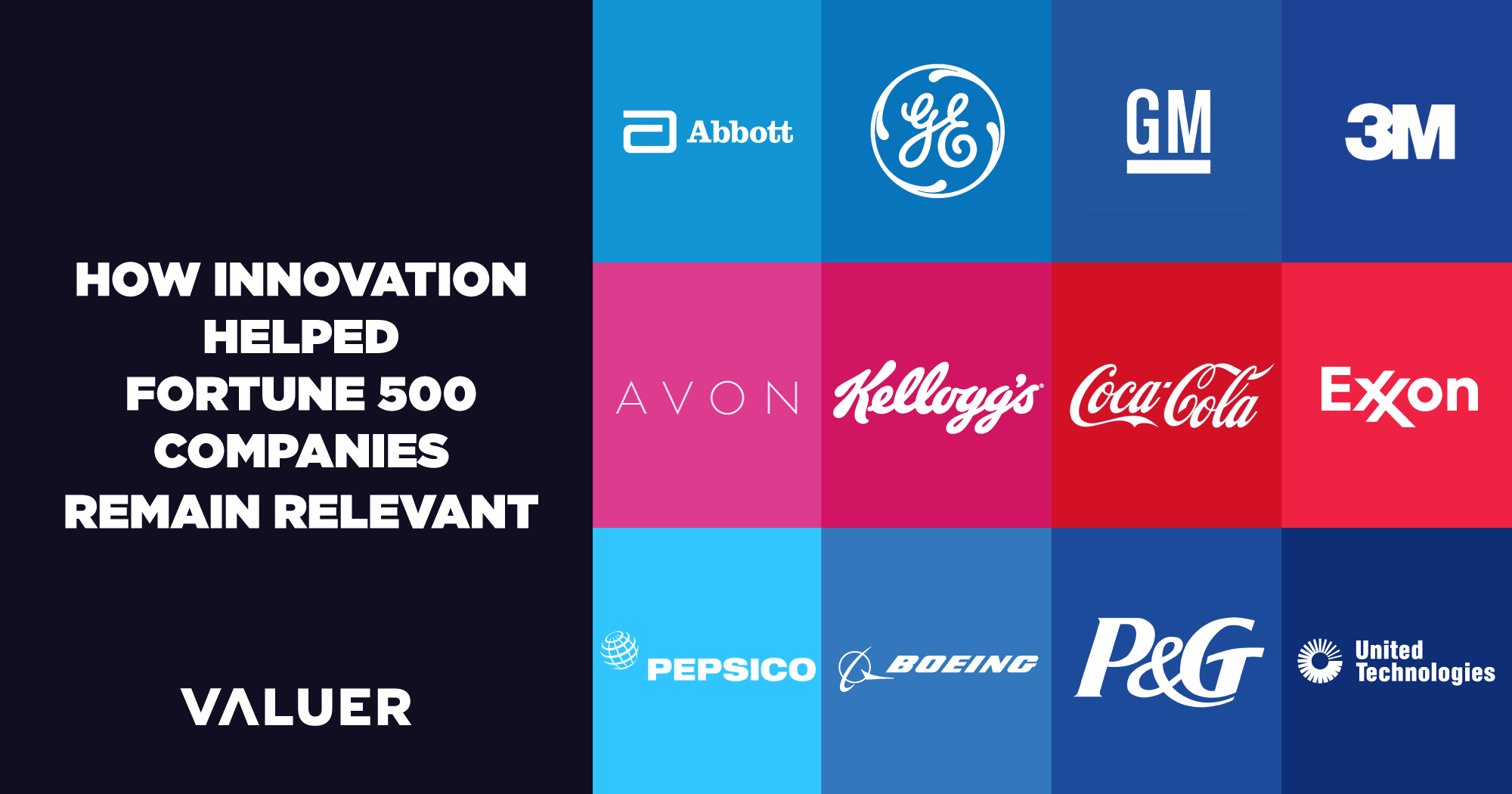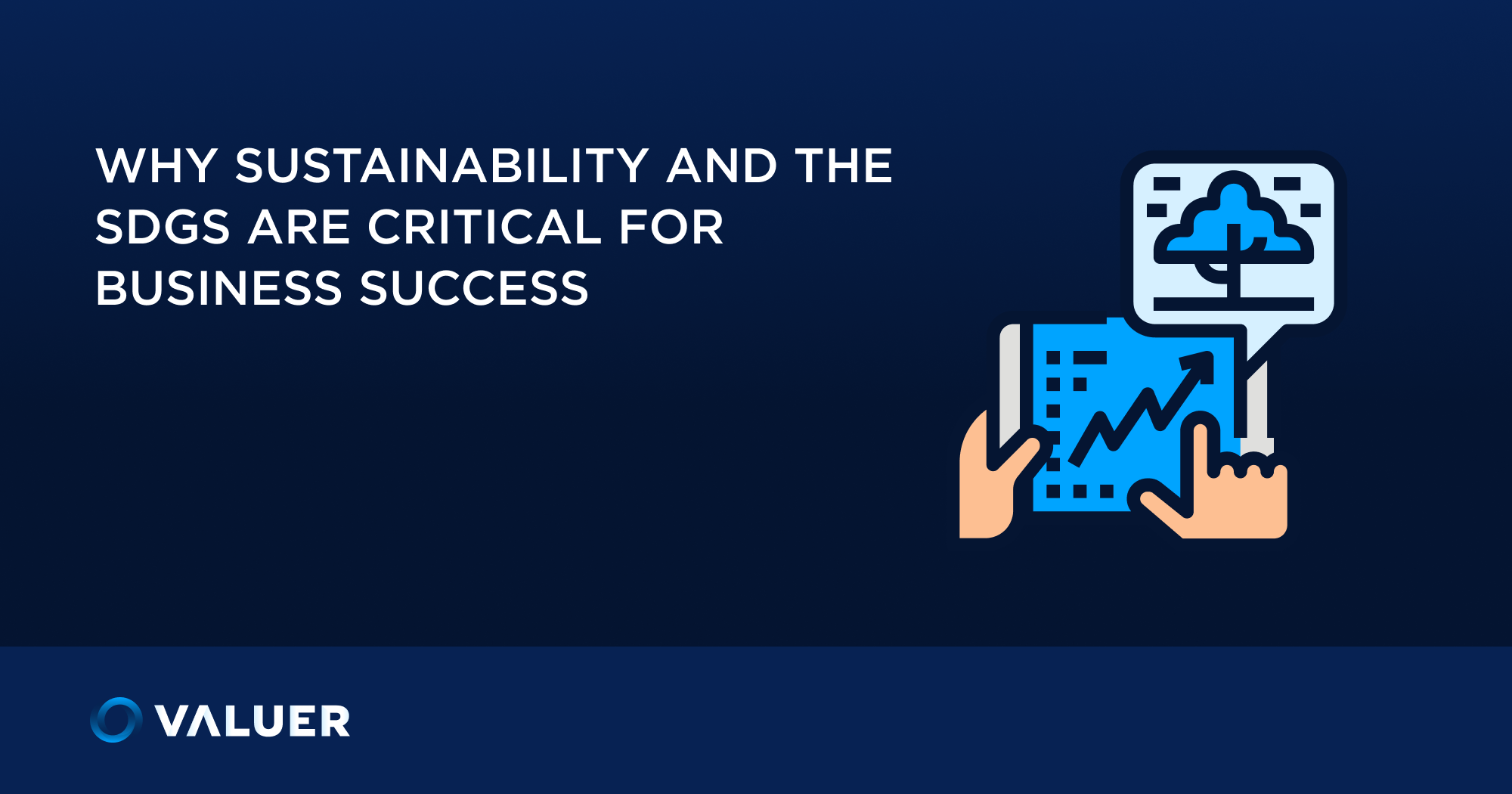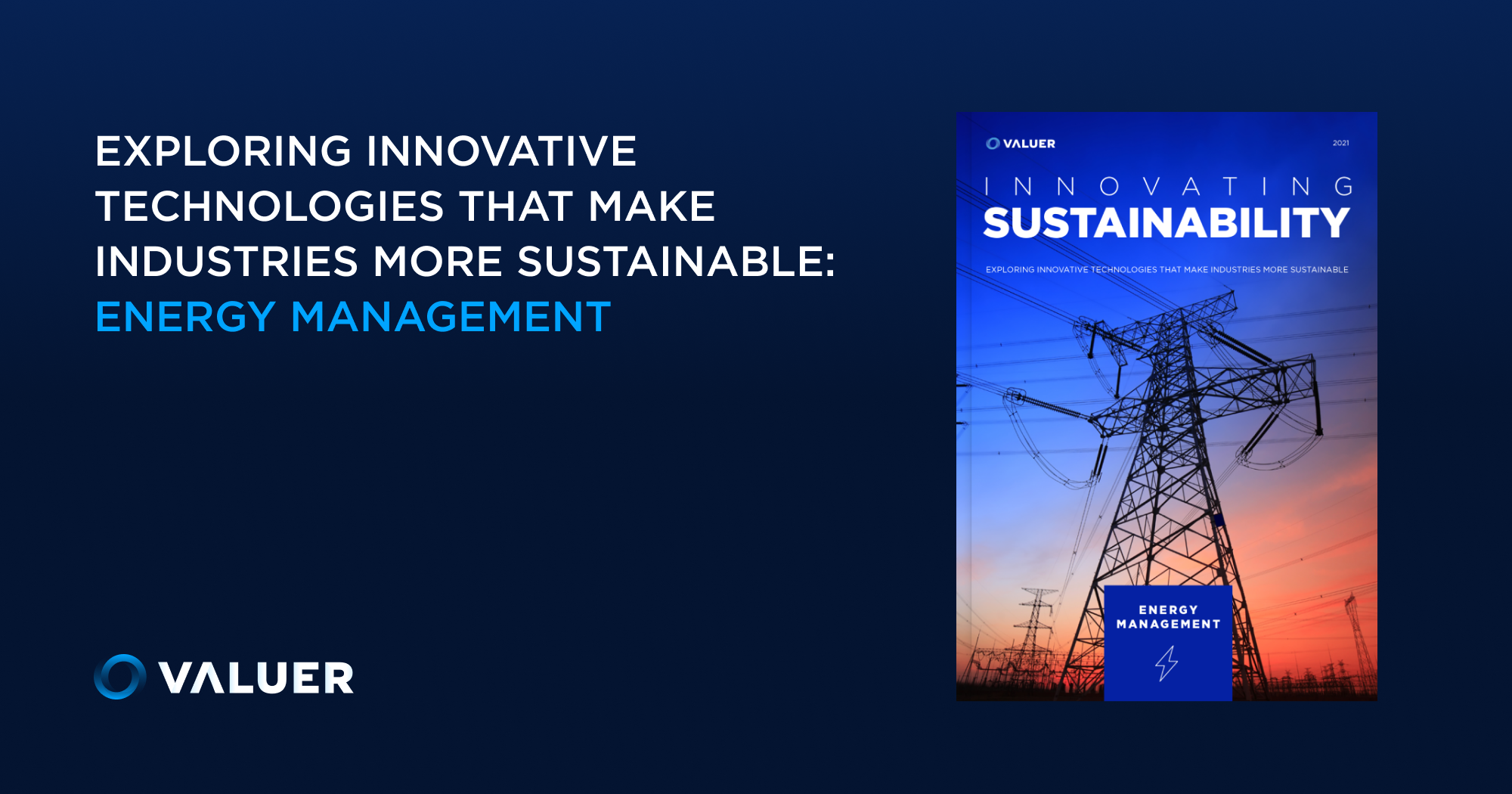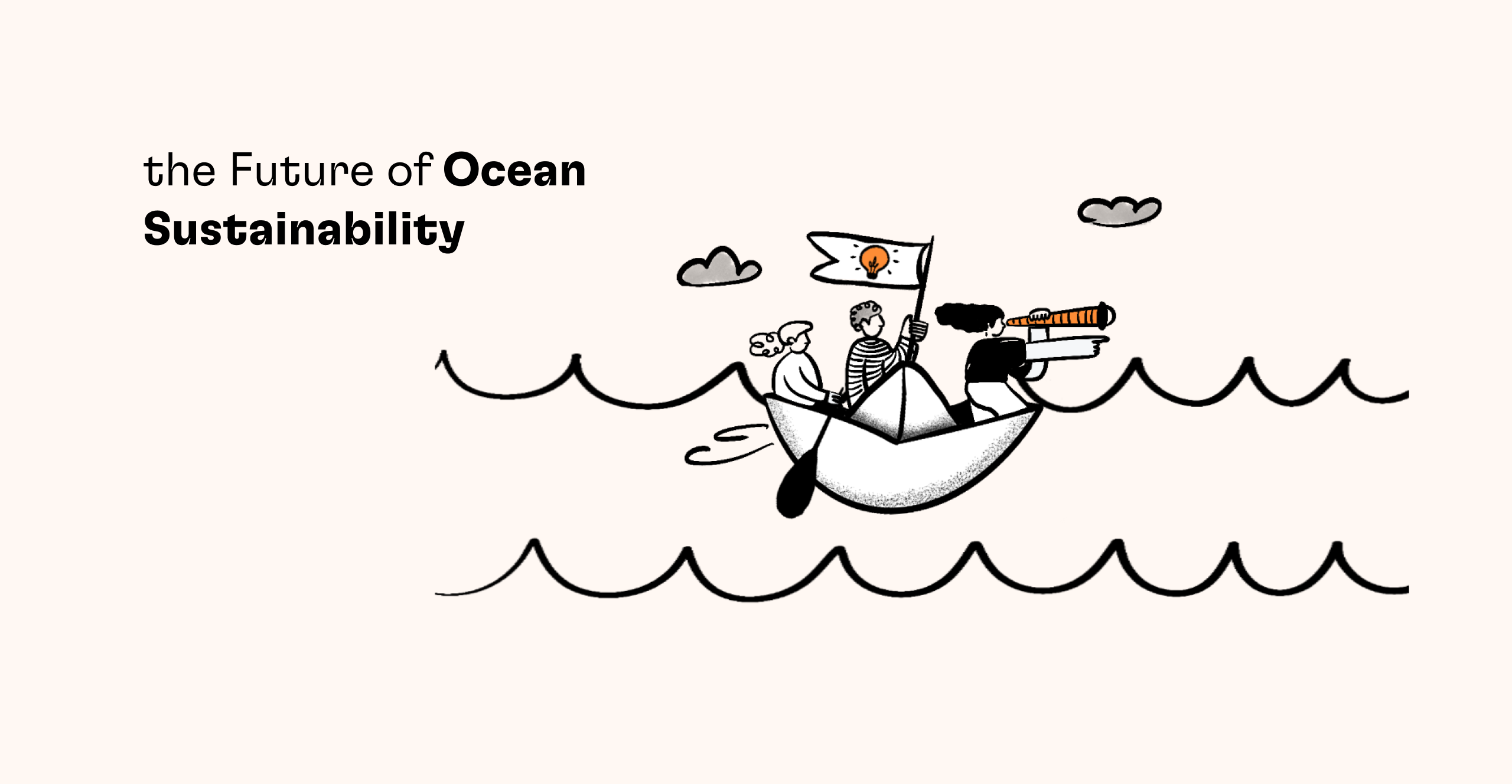*Updated September 2022
Technology is always on the cusp of innovation, so the question that emerges for long-standing companies, or pretty much any company is: which side of innovation are they standing on? A company has to ensure that its tactics aren’t antiquated and ineffective. To stay on top of growing industry trends, businesses need to take the plunge and dive into new, innovative business solutions that will help them identify new industry trends, innovative tech, and promising startups.
So, how can a company’s R&D team go through massive volumes of data on the internet and come up with relevant, useful insights on where the industry is headed? The short answer is AI. The technology has come a long way, and AI algorithms today power entire platforms to provide useful, actionable insights that help giants stay big and newly-minted startups rise to the top. The long answer follows.
How would innovation teams traditionally keep up with industry trends?
Before we get into the specifics of AI insights, it’s important that we first take a look at how companies traditionally stayed on top of industry trends.
[Related article - The Best AI Startups in Europe]
Traditionally - and by traditionally, we mean in the last decade or so - organizations would leverage data from several sources and methods to unearth up-and-coming industry trends. Best-case scenario, there is an R&D team or dedicated innovation department responsible for tracking trends and coming up with new products or services to offer to their target market.

Smaller companies lacking the resources to invest in a solid innovation team end up delegating the task to various departments or employees, who then need to stay on top of the multiple funnels at work to source useful data. Either way you look at it, keeping up with industry trends is labor-intensive and time-consuming for any business and as you’ll see below, there are multiple ways companies go about doing so.
Consultancy firms
Some businesses will hire consultancy firms to do market research and provide them with information on industry trends. Generally, consultancy firms would provide their clients with actionable insights after their team does the research.
The main problem here is that human expertise and knowledge are limited. The growing amounts of data, resources, tech, startups, etc. popping up on the internet every day make it impossible for a human team to harvest the optimal potential of what’s offered - it’s humanly impossible to go through that much data, which is why technology is critical.
Signing up for emails and newsletters
The first thing that a lot of digital marketing agencies advise their clients is signing up for email lists and newsletters with marketing companies that can send you updates on industry trends in your niche. The idea is to sift through the content and find relevant data that could help an organization mark its next steps for an innovative business solution.
As you can probably imagine, this is a hit-and-miss strategy that can be marginally useful as a part of a broader approach, or rather, a multi-channel method. In other words, this is a somewhat outdated way of throwing a broader net and can only work for huge corporations with the manpower to track down relevant topics from lots of emails of varying usefulness and quality. But even then, it’s far from efficient.
Staying up-to-date with industry news, publications, and leaders
Bitcoin’s price skyrocketed to over $60,000 and then plummeted to nearly $30,000 in the span of a couple of months thanks to Elon Musk’s tweets. First, he endorsed the cryptocurrency and said Tesla would accept BTC payments; then, disappointed with the energy-intensive, environmentally unfriendly Bitcoin mining process, he canceled Bitcoin payments for Tesla - thus the rise and fall of the coin. While cryptos are particularly volatile, this is just an example of how a single influential person in a given market can have a significant effect on future industry trends, which is why it’s important to stay in the loop.
Examining past trends
Another method that organizations use to try and predict future industry trends is studying past trends, according to Melissa South of Swingtie. The example she gives is that of vines and the resulting Vine app, and how although it failed, it essentially heralded the success of TikTok.
We could also think about MySpace and Facebook - MySpace was pretty big for a while in the early 2000s, and although it set the standard for social networks, it didn’t stick. Facebook swooped in and stole the role of principal global social network instead. The idea here is that there have been some great ideas in the past that floundered for one reason or another, so innovation teams in organizations can use them as inspiration to come up with more successful versions of those industry trends that will somehow break the mold.
Communicating with customers
The internet has given many people a voice. Customer opinions are out in the open, which makes them more important than ever before for a business. But not only is it important for clients to feel heard in order to generate loyalty - it’s also beneficial for innovation teams to listen to customer feedback and utilize it when designing future products and services.
Keeping an eye on the competition
Keep your friends close and your enemies closer? Not exactly, as competitors aren’t exactly the enemy - and it sounds too dramatic - but the idea is to stay on top of what competitors are doing.
What industry trends are they focusing on? What’s their innovation department researching and working on? Monitoring what trends competitors are jumping onto can help businesses identify where the tech in their target market is heading or which innovative business solution will be the next big thing in their niche.
Internet research and analytics tools
Roborefuge founder Alex Cortez uses a few internet platforms and tools to track up-and-coming industry trends: Google trends for updates on growing trends early on before they spike up; Ahrefs to keep up with newly emerging or newly popular keywords/keyphrases in the niche as they’d imply a growing need among the customers; and Reddit - to see what the folks are into these days.

Another analytics tool similar to Google trends that an organization or its innovation department may use is Google alerts, which shares industry news, data, and trends on a user-set schedule. In fact, analytics tools are some of the most effective ways for an innovation team to identify future industry trends early on. But the arsenal for innovation research that we’ve talked about so far isn’t without its challenges.
Challenges for innovation departments in identifying industry trends
All these methods and analytics tools we talked about, for instance, are sort of fragments of an overall approach, so things will naturally fall through the cracks. Before we get into the most innovative business solution that could help companies identify new industry trends, let’s quickly go over some challenges that R&D teams face when using this traditional approach.
Outdated methods
As we mentioned when we talked about consulting firms, relying solely on human efforts to identify future industry trends can be quite limiting. As creative and intelligent as the human brain is, it’s simply incapable of receiving or processing vast amounts of data in a short amount of time. The tech that’s at our fingerprints today still came from the human mind - but it has the capacity to produce fast, smart, actionable, and valuable insights for the innovation department.
Lack of focus
Researching along multiple avenues is quite labor-intensive and yields results with limited use value. So what sometimes happens in such situations is that meetings where R&D teams are meant to communicate their progress and align it with the overall goals of the company end up being meetings where everyone is trying to catch up with what everyone else is doing rather than focusing on collaboration and what future industry trends the innovation team should focus on.
Distance from the customer
A particular challenge for R&D teams in huge corporations is their distance from the end-user. This poses a problem, as if you develop a product or service that’s divorced from the person meant to utilize it, there’s a good chance something will be missing. Startups have the advantage over older companies here, as they are often more in tune and in touch with their user base.
Innovation is speeding up
A detailed McKinsey study examining the future of modern R&D strategies identifies one of the principal challenges to be the acceleration of innovation cycles. The growing use of software tools to identify industry trends is increasing the need for innovation teams to rely more on these technologies, too.

What’s more, innovative startups are constantly emerging and offering new solutions to all sorts of problems, and longer-standing companies, especially ones that are out of touch with the day-to-day of the industry, can easily get elbowed out as the future of any industry is determined by innovative up-and-coming startups.
The innovative business solution: AI algorithms
As you can see, traditional processes are either insufficient or ineffective. In either case, there’s a need for change and evolution in innovation departments.
First, we’ve seen that companies need to turn to innovative technology that can help them keep up with and even exceed the growing pace of market trends.
Second, established companies need to recognize the benefits of collaboration between startups and corporations to keep up with industry trends and maintain closer relationships with the customer.
Luckily, there is a single tool that can help companies reap the rewards of tracking industry trends, finding innovative tech, and identifying promising startups, and that tool is our AI-powered platform.
Our massive database includes information about various investment opportunities, including startups. The featured AI algorithms are able to go through these huge mounds of data and provide more than search results to users - rather, it provides reliable and actionable insights.

In fact, our AI-powered platform is the most effective way to identify innovative business solutions because it provides users with custom insights, matches the most relevant results to search specifications, offers industry updates and various tools to track companies or industries, and allows users to request bespoke content. Let’s slow down and see how the AI algorithm works and how it can help businesses identify innovative industry trends.
How AI algorithms work to identify industry trends: cognitive AI insights
The type of AI algorithms used by the Valuer engine is known as cognitive insight projects. AI algorithms go through vast amounts of data, identify patterns, and interpret their meaning - thus the adjective cognitive.
Thomas H. Davenport and Rajeev Ronanki at the Harvard Business Review categorize this type of AI algorithms as “analytics on steroids” - so do with that what you will. As you can see, due to the nature of the work required on the part of AI insights - going through vast amounts of data and returning custom insights.
An instance of cognitive AI insights at work would be Amazon’s innovative AI engine that makes bespoke recommendations to customers. But the company is so confident in the AI algorithm’s accuracy, that they plan to start shipping products to customers before they’ve even ordered them using predictive analytics. Crazy, right? While no one should be learning from this company’s treatment of workers etc., at least their use of AI insights is, shall we say, an example of cutting-edge technology put to use.
The takeaway
The future scope of AI algorithms should be a stand-out technological application for businesses trying to identify new investment opportunities and industry trends. AI algorithms and models will allow you to filter through massive databases, automate tasks, and eventually provide you with accurate, relevant, and regular AI insights. In the e-commerce world, for instance, cognitive insights can help predict what a customer would buy, identify different types of fraud, do quality assurance, etc.
What would take an army of people combing through throngs of content is delegated to an AI-powered database - like Valuer. In the end, this tool has become a key player in identifying new industry trends and can make research much more fun and easy for your innovation department.
.png?width=103&height=103&name=Untitled_Artwork%20725%20(2).png)










